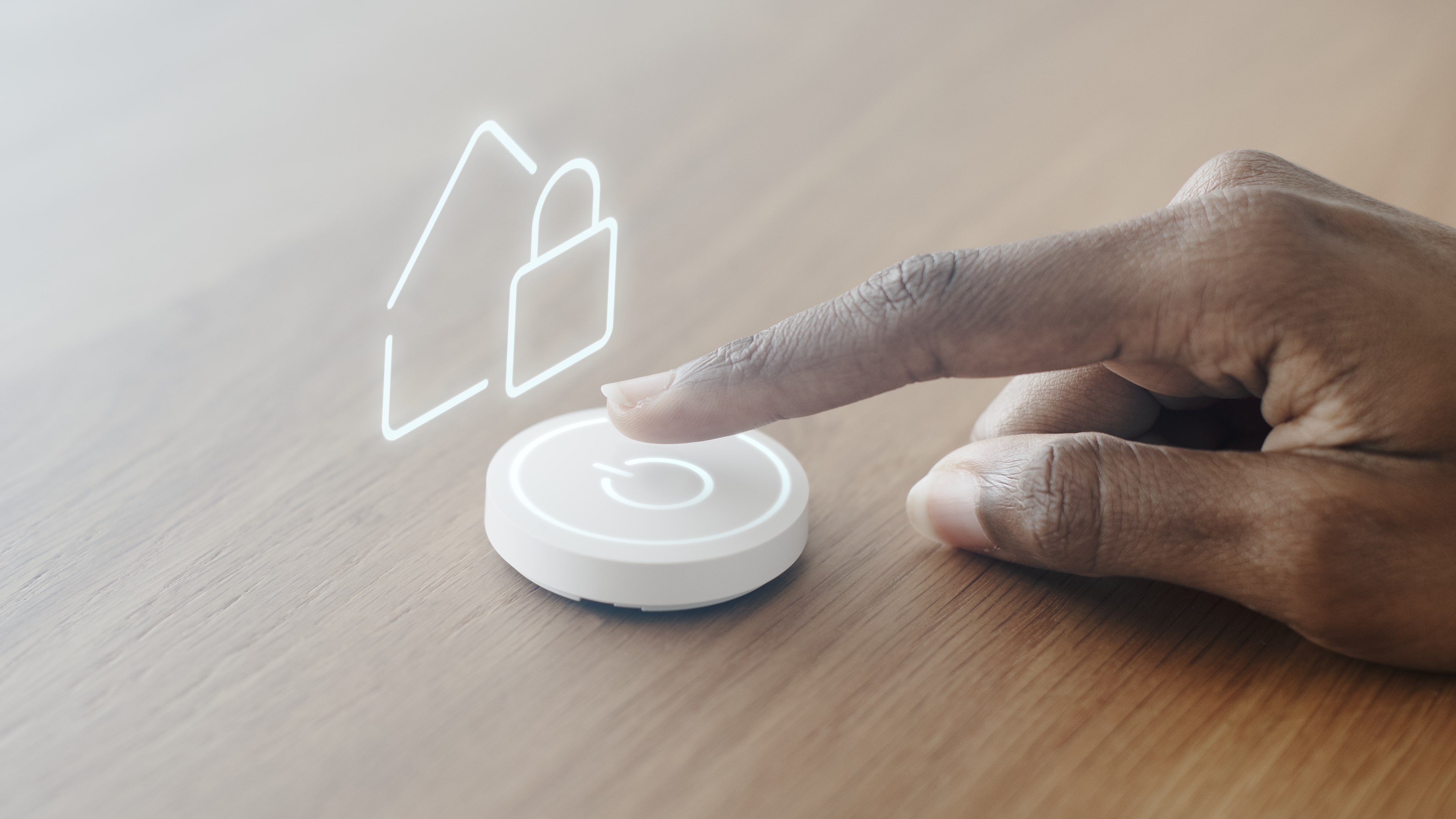The Cybersecurity Checklist for Travelers: Staying Secure on the Go


When exploring new destinations, the thrill of discovery and the rush to connect to the nearest Wi-Fi can often overshadow the lurking cyberthreats that intensify far from home. Travelers, in their quest for convenience and connectivity, face risks, from unsecured public Wi-Fi networks to complex phishing scams adapted to exploit the vulnerabilities of those on the road. These risks can lead to compromised personal information, financial loss, and a hindrance on what should be an enjoyable experience. Recognizing the unique challenges faced by travelers in maintaining their digital security, this article aims to serve as a comprehensive checklist. It's designed not just to inform but to empower travelers with practical strategies and proactive measures for staying secure online while on the go. Through a combination of preparation, vigilance, and the latest in cybersecurity best practices, travelers can protect themselves against the evolving threats, ensuring that their adventures remain safe and memorable for all the right reasons.
Pre-Travel Cybersecurity Measures
In preparation for travel, it's important to implement comprehensive cybersecurity measures to protect your digital life from potential threats. These measures are not only essential for protecting personal information but also for ensuring a worry-free travel experience. Here's a detailed look at the pre-travel cybersecurity measures you should consider:
Back Up Important Data
Backing up important data is a necessary step in your pre-travel cybersecurity checklist. This includes financial data, personal photos, videos, and any other valuable information stored on your devices. In the unfortunate event that your device is compromised, lost, or stolen, having a backup ensures that you can recover your data. It's advisable to store this backup in a secure location at home or on a cloud service with robust security measures.
Secure Your Devices with Strong Passwords and Biometrics
Securing your devices with strong passwords and biometric authentication adds a layer of protection. A strong password should be complex, including a mix of upper and lowercase letters, numbers, and symbols, making it difficult for attackers to guess. Biometric authentication, such as fingerprint or facial recognition, offers an additional security layer by using unique physical or behavioral characteristics that are hard to replicate. These methods ensure that only authorized users can access your devices.
Enable Multi-Factor Authentication (MFA) on All Accounts
Enabling Multi-Factor Authentication (MFA) on all your accounts is a fundamental best practice for your digital security. MFA requires you to provide two or more verification factors to gain access to your accounts, significantly reducing the likelihood of unauthorized access. This could include something you know (like a password), something you have (like a smartphone), or something you are (like a fingerprint). MFA adds an extra security layer, ensuring that even if one credential is compromised, unauthorized users cannot access your accounts.
Educate Yourself on the Signs of Phishing and Common Scams
Finally, educating yourself on the signs of phishing and common scams is crucial for avoiding cyberthreats while traveling. Phishing attempts often come in the form of suspicious emails or texts that try to trick you into revealing personal information. Be wary of messages that urge immediate action, request sensitive information, or contain unknown links or attachments. Familiarizing yourself with these signs helps you recognize and avoid potential scams, protecting your personal information from cybercriminals.
Protecting Your Data in Transit
Protecting your data in transit is important for travel purposes, as your data can be vulnerable to various threats while you're on the move. Here are some strategies to help you protect your data:
- Use a Virtual Private Network (VPN): A VPN encrypts your internet connection, making it difficult for hackers to intercept your data. It creates a secure tunnel between your device and the internet, ensuring that your data is protected from eavesdropping and man-in-the-middle attacks.
- Avoid Using Public Wi-Fi For Sensitive Transactions: Public Wi-Fi networks are often unsecured and can be easily compromised by hackers. They can intercept your data, inject malicious software, or even create fake Wi-Fi networks to trick you into connecting to their own networks. Instead, opt for more secure connections like cellular data or a VPN.
- Turn Off Wi-Fi and Bluetooth When Not in Use: This helps prevent unauthorized access to your device. Hackers can use these open connections to access your data or install malware on your device.
- Secure Your Physical Devices in Public Places: Keep your devices close to you and avoid leaving them unattended in public places. This reduces the risk of theft or loss, which can lead to data breaches.
- Use Privacy Screens: Privacy screens can help protect your data from prying eyes in public places. They create a barrier between your screen and the surrounding area, making it difficult for others to see what you're doing.
Safe Practices at Your Destination
When traveling, it is important to follow safe practices to protect yourself and your belongings. Here are some guidelines to help you stay safe and secure during your trip:
Use Trusted Networks
- Use secure, trusted networks, such as those provided by your hotel or a reputable service provider.
- Be cautious when using public Wi-Fi networks, as they may not be secure.
- Always verify the authenticity of Wi-Fi networks before connecting to them, as phishing scams can exploit unsecured networks.
Keep Your Devices With You at All Times or in a Secure Location
- Keep your devices close to you or store them in a secure location when you're not using them.
- Avoid leaving your devices unattended in public places, as they can be easily stolen.
- Use a money belt or neck wallet to protect your credit cards, cash, and identification.
Continue to Be Vigilant
- Be aware of common phishing scams, such as emails asking for personal information or financial details.
- Never click on suspicious links or download attachments from unknown sources.
- Keep your software and security systems up-to-date to protect against the latest threats.
Use Local SIM Cards Cautiously
- Research the local SIM card providers and ensure they are reputable.
- Be aware that local SIM cards may require registration, and you may need to provide your passport or national ID card to purchase one.
- Be cautious when using your local SIM card for online transactions or accessing sensitive information, as there may be privacy concerns.
What to Do if You Encounter Security Problems While Traveling
Losing or having a device stolen while traveling can be a stressful and frustrating experience. Here are some steps to take if you encounter security problems with your phone or laptop:
Secure Your Device Before Traveling
- Set a passcode or other lock screen verification, such as Face ID, to protect your device.
- Enable phone-locating features like Apple's Find My app to help locate your device if it goes missing.
- Add multi-factor authentication to apps with sensitive information on your device.
If You Notice Your Device Is Missing
- Call or message the device to see if anyone answers.
- Use phone-location features to determine the device's whereabouts.
- Notify your carrier that the phone has gone missing, as they can disable service to the phone and potentially prevent it from being reused.
If You Suspect Your Device Has Been Stolen
- Remotely lock your device through phone-location features to prevent bad actors from accessing it.
- Wipe your device to delete photos, saved passwords, and other information.
- Change the passwords for any applications or accounts you had on the device, such as for social media or credit cards.
If You Cannot Find Your Device
- File a police report, as this information may be required by your insurance company.
- Contact your bank, insurance provider, and network company to protect your information.
- Turn on the lost mode feature to display contact information on the home screen in case the device is found.
Protect Your Laptop While Traveling
- Record the laptop's serial number and store it in a safe place.
- Do not keep any personally identifiable information on your laptop.
- Encrypt your computer's hard drive if you need to carry sensitive files.
- Use a system password and file passwords on confidential files.
- Put a STOP tag on your device to .
- Create a backup of your laptop's hard drive before you go.
Remember to be vigilant and take precautions to protect your devices while traveling. If you encounter security problems, follow these steps to minimize the impact and protect your information.

.jpg)

